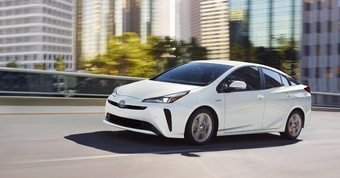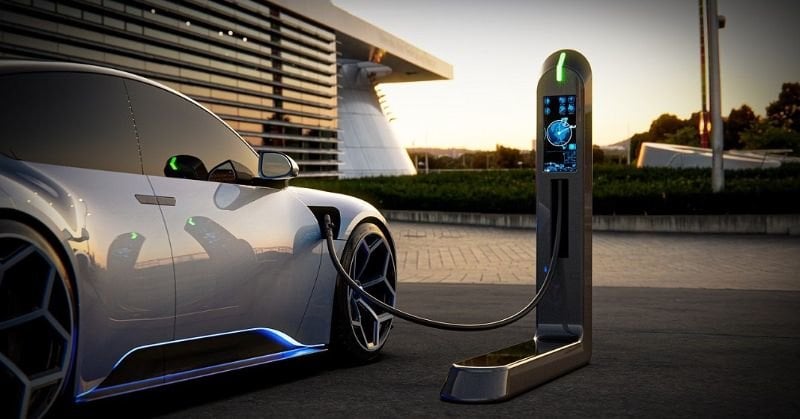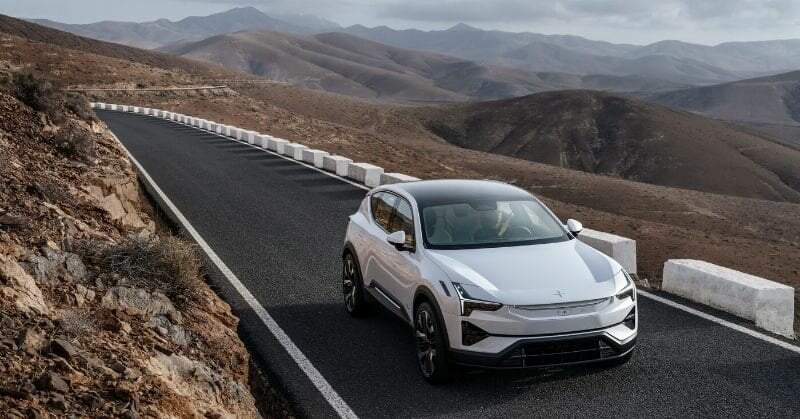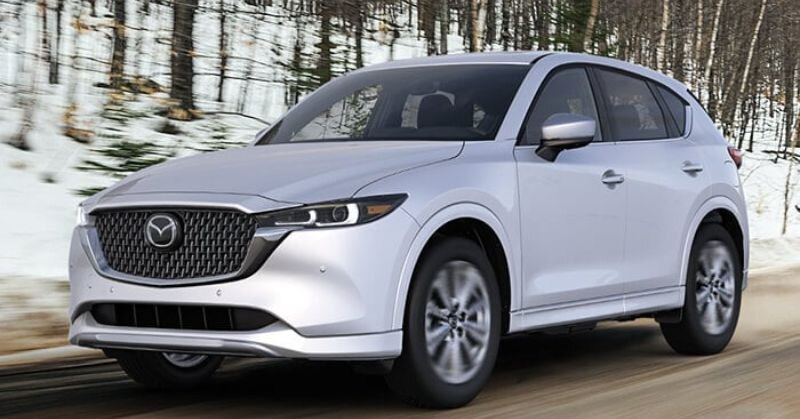As drivers become more environmentally conscious, alternative fuel vehicles are growing in popularity. Three of the main options on the market are hybrids, plug-in hybrids, and electric cars. But what exactly are the differences, and which type might suit you best?

Hybrid Vehicles - The Toyota Prius
Hybrid cars like the Toyota Prius have both a gas engine and an electric motor powered by a small battery. The battery is charged through regenerative braking and by the gas engine. This allows hybrids to maximize fuel economy, typically getting 50-60 mpg in combined city/highway driving for the Prius. With sufficient charge, they can also run on electric-only mode at low speeds for short distances.
Hybrids feature all the conventional parts of a gasoline car including the engine and transmission. The drive experience is much like a normal car and does not require any special charging infrastructure. You simply fill up with gas as needed. This makes hybrids a versatile no-compromise option for many drivers seeking improved efficiency without range concerns.
However, the advanced dual powertrain does increase purchase price. The 2023 Toyota Prius LE starts at $25,045 with lower trim levels lacking some tech and safety options. Resale values also tend to be lower than conventional cars. But overall operating costs balance out over time thanks to stellar mpg.
Plug-In Hybrids - The Toyota Prius Prime
Plug-in hybrids are essentially hybrids with an upgraded battery pack that can be charged via wall outlet. This extends the electric-only driving range substantially. The Toyota Prius Prime offers up to 42 miles of all-electric driving from a full charge.
Their larger batteries allow plug-in hybrids to drive on electric at higher speeds and for a greater portion of typical daily commute distances. When the battery runs low, they then revert back to regular hybrid operation. The Prius Prime gets excellent 133 MPGe efficiency when powered by electricity or 54 mpg in hybrid mode - better energy use than almost any other passenger car.
Charging does require planning access to home or public charging spots. But plug-in hybrids retain the flexibility to keep driving on gasoline indefinitely once the electric charge is used. Cost of entry is higher with the Prius Prime starting at $28,870 before any tax credits or incentives. But like regular hybrids, overall ownership costs may balance out.
Electric Vehicles - The Nissan LEAF
Pure electric vehicles use large onboard battery packs as their sole energy source to power electric motors. With no gasoline engine or fuel tank, they produce zero direct emissions to run. EVs like the Nissan LEAF offer cheaper per-mile operation costs.
Home charging is necessary to replenish ~150 miles driving range on a full battery. Time to recharge varies greatly from 30 minutes at public fast chargers to overnight on home 240-volt lines. Plan trips carefully to include stops at charging stations. Range and performance also decreases in very hot or cold weather.
Nissan has sold over 500,000 LEAFs globally since 2010. The 2023 model starts at $28,040 and qualifies for the $7,500 federal tax credit plus state incentives where available. For the right household, an EV can save substantial money long-term. Just be ready to adjust driving habits around charging needs.
Which Type is For You?
There are good arguments for choosing hybrid, plug-in hybrid, or electric vehicles. The optimal choice depends greatly on your individual driving needs and ability to charge at home or work. If considering an EV or plug-in, check available incentives to help offset the initial purchase price.Hybrids offer excellent efficiency with no range anxiety or special charging for the most convenience. Plug-in hybrids bridge the gap for longer electric driving before gas takeover. And EVs provide emissions-free transportation centered around access to regular charging. Compare your options to pick the sustainable car technology fitting best into your lifestyle.



